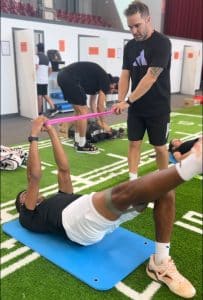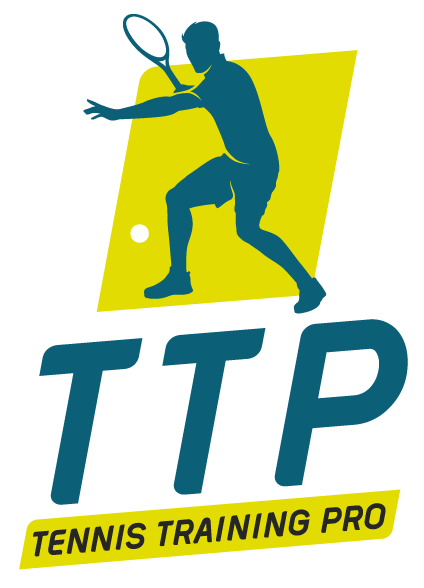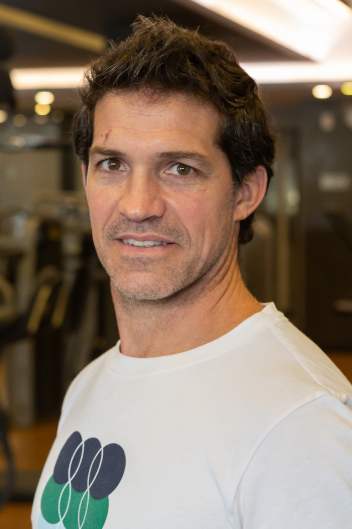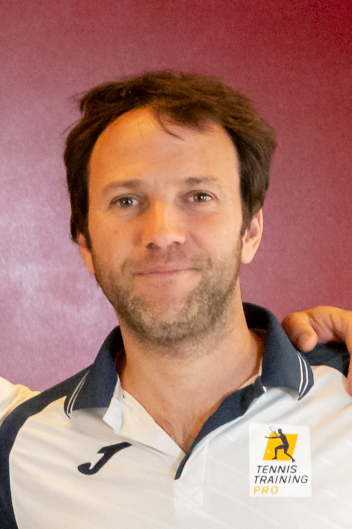The Core and Its Application in Tennis Training
30 de August, 2023
By Martin Beccaria
In recent times, the concept of the core and its role in sports has undergone a significant transformation, particularly within the realm of tennis.
To comprehend the core’s essence in this context, let us delve into the viewpoint of Michael Boyle, which encompasses:
- Rectus abdominis
- Transverse abdominis
- Multifidus muscles
- Internal and external obliques
- Lumbar square
- Erector spinae muscles; it also involves the glutes, hamstrings, and hip rotators
- Respiratory pattern
When we discuss the concept of the core, we are referring to a central element that acts as a bridge between the lower and upper body, transferring the energy applied on the ground through the lower extremities (proximal part) to the upper extremities (distal part). Understanding this concept is paramount, as in our sport, the core predominantly avoids generating movement; instead, it channels energy from the ground to the racket.
With this in mind, our focus shifts to exercises that fulfill this functional purpose, working through “anti-movements.” Athletes indeed deter movements of force applied to the core. In the realm of these exercises, we encounter:
- Anti-extension: The objective here is to prevent extension of the spine. Examples include the front plank and the dead bug.
- Anti-lateral flexion: The goal is to prevent lateral bending of the spine. The side plank and its variations or unilateral carrying exercises are prime examples.
- Anti-rotation: This tackles rotational and diagonal forces. Exercises such as the Pallof press, woodchops, or landmine exercises are immensely effective in these vectors.
- Anti-flexion: This addresses the avoidance of spine flexion. Exercises like inverted planks or supine glute bridges exemplify this principle.
It’s vital to recognize that performing “crunch” type abdominal exercises diverges from the concept we’ve elucidated and lacks functional relevance to our sport.
Let’s delve into three exercises crucial for comprehensive core training in tennis:
- Dead Bug Exercise: An intriguing exercise to prevent spine extension. The transverse abdominis acts as a primary stabilizer, and the rectus abdominis plays a pivotal role in isometric or eccentric contractions, contingent on arm and leg movement range and lumbar lordosis. This exercise demands motor control, integration, and coordination between upper and lower limbs. It’s highly adaptable with various modifications to suit a player’s needs.
- Side Plank and Variations: As previously mentioned, diversifying force application is crucial to avoid deficits. Preventing lateral spine flexion is key to engaging internal and external obliques. Incorporating limb variations adds complexity and comprehensiveness to this exercise.
- Pallof Press and Variations: A comprehensive exercise aimed at preventing trunk rotation. Given the frequent occurrence of such situations in tennis, training the anti-rotational vector is highly significant. Variations and progressions abound, allowing for tailored execution difficulty.
In conclusion, including exercises for the posterior chain, such as spinal and paravertebral exercises, is paramount. These muscles play a pivotal role in tennis impact execution, bridging the gap between anterior and posterior chains.
References:
- “New Functional Training for Sports” by M. Boyle (2016)
- “Back Mechanic” by S. McGill (2015)


 ES
ES EN
EN PT
PT



